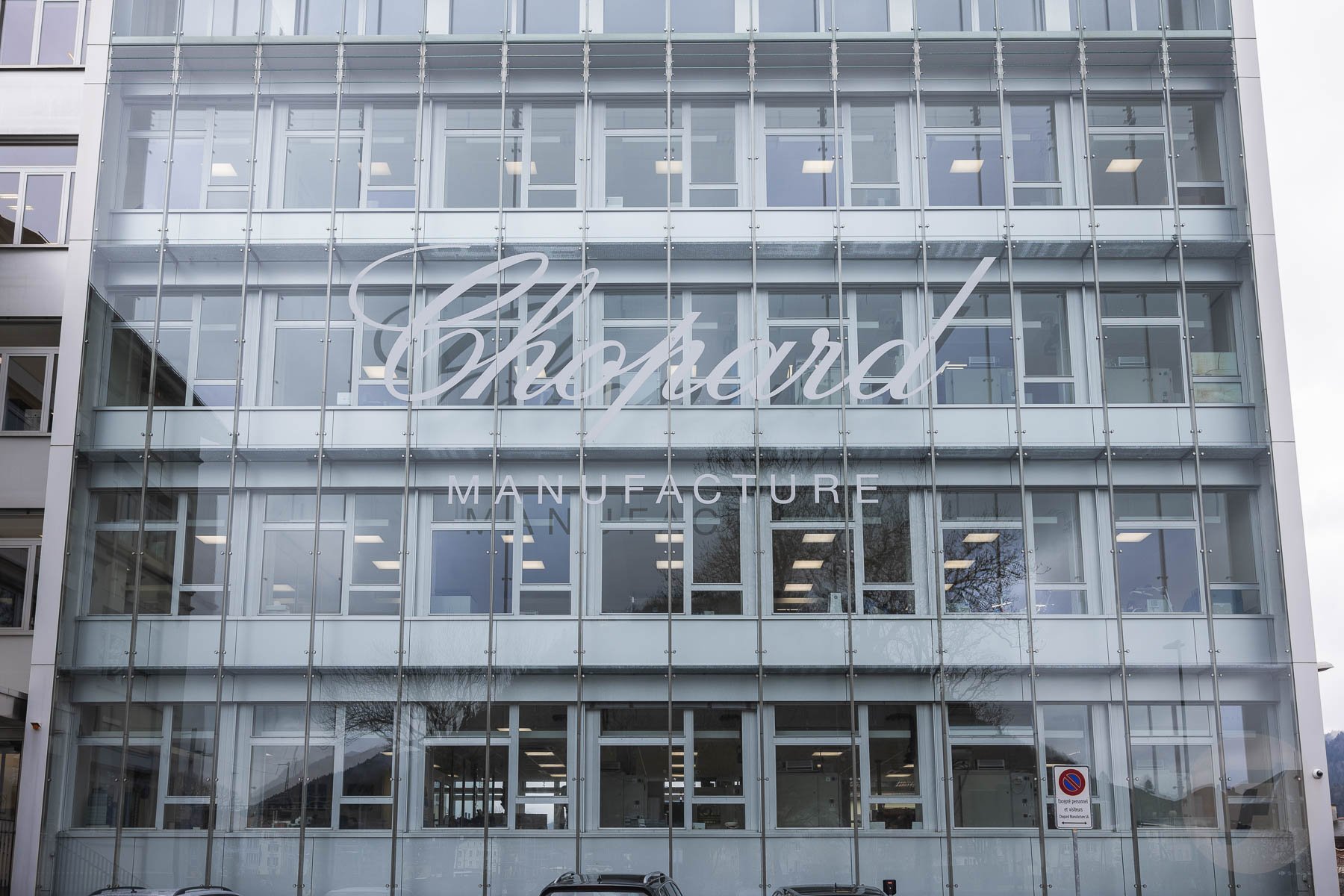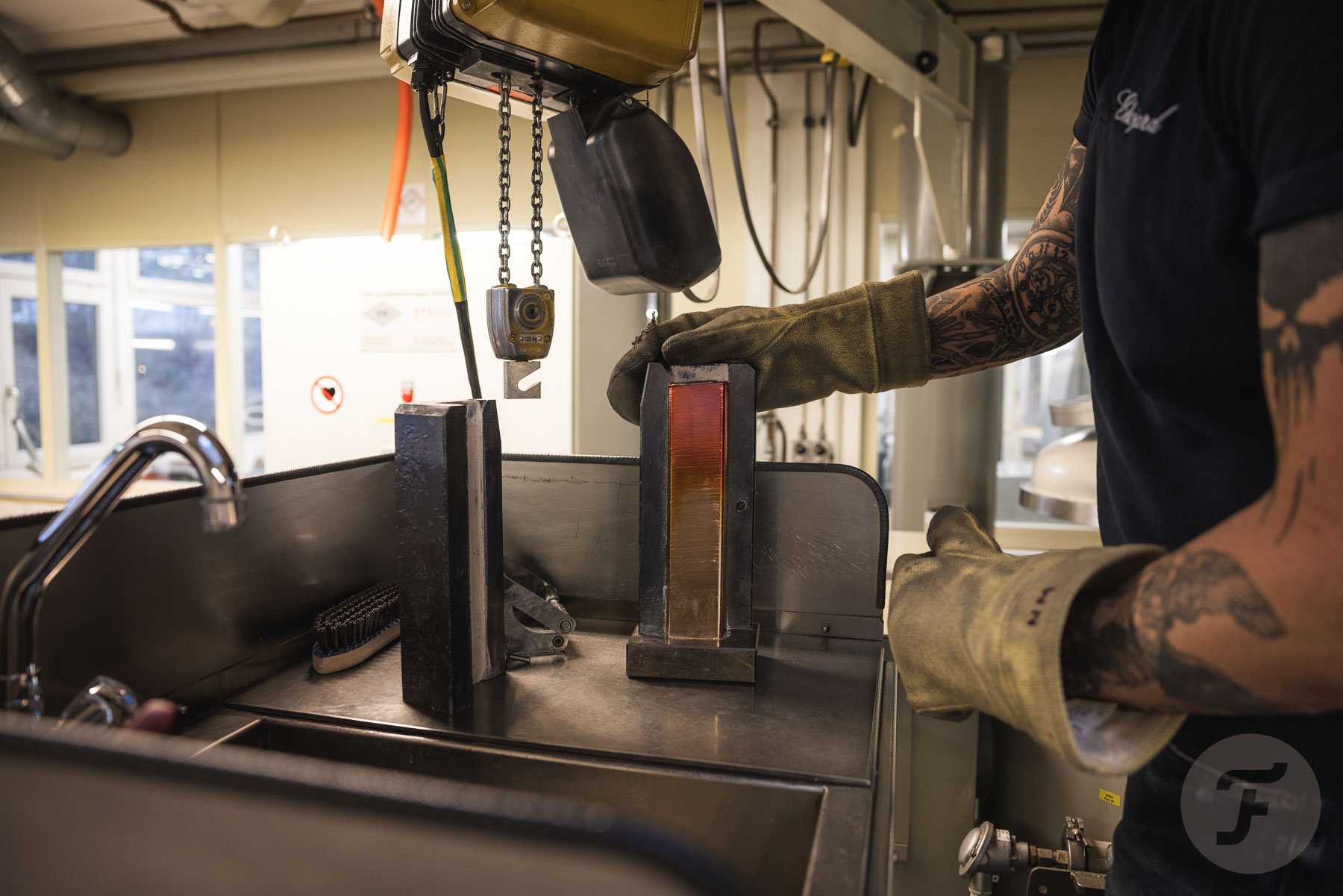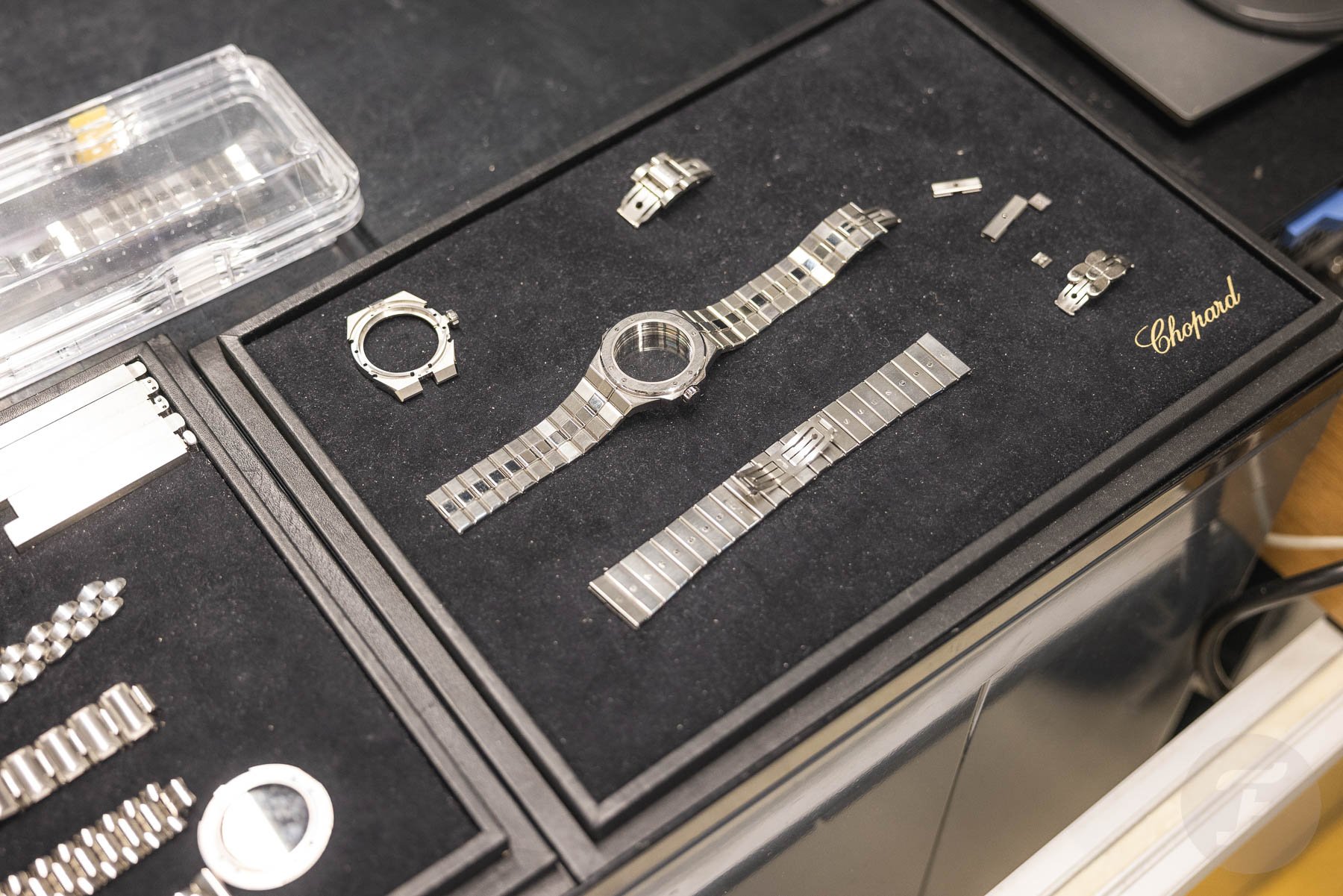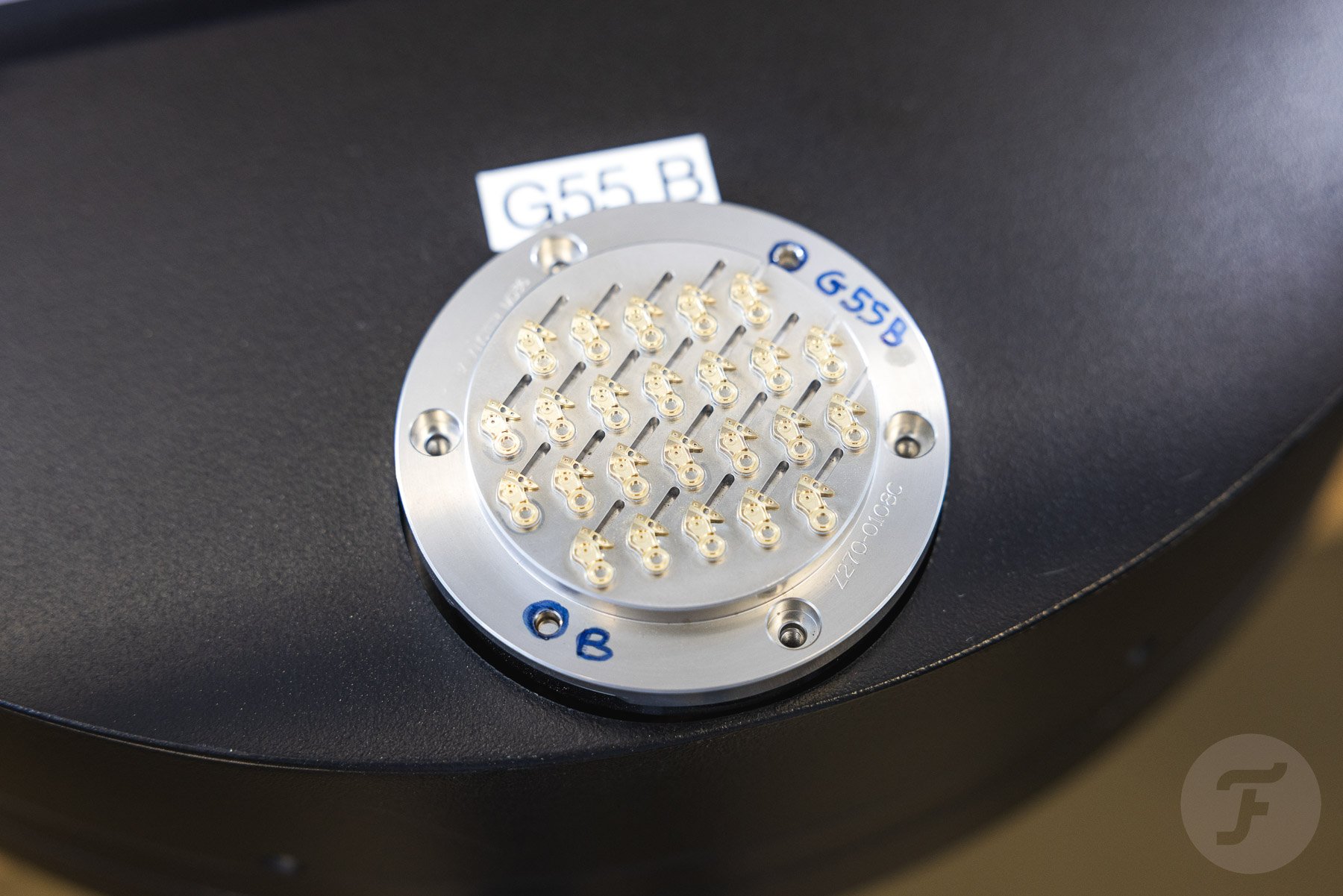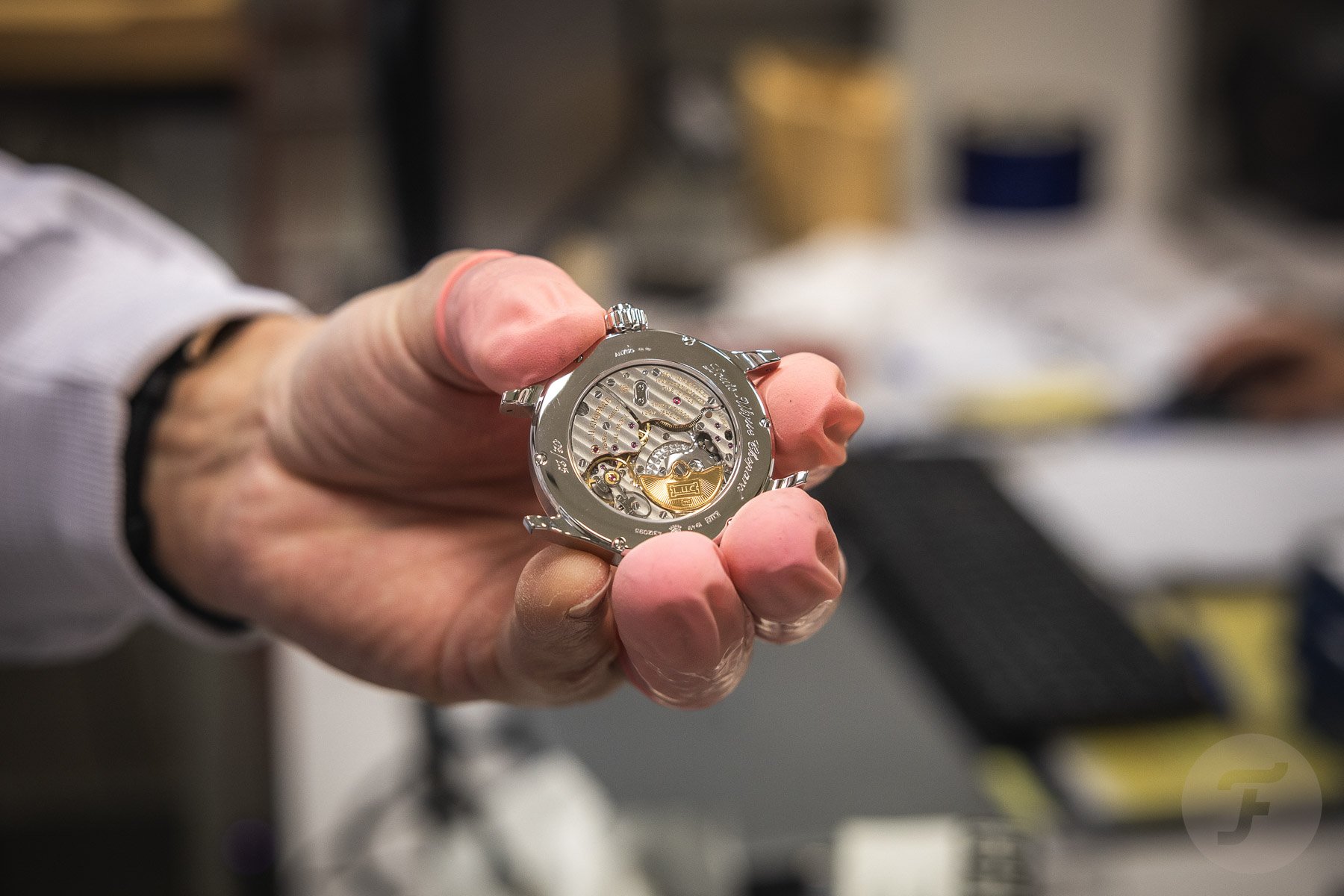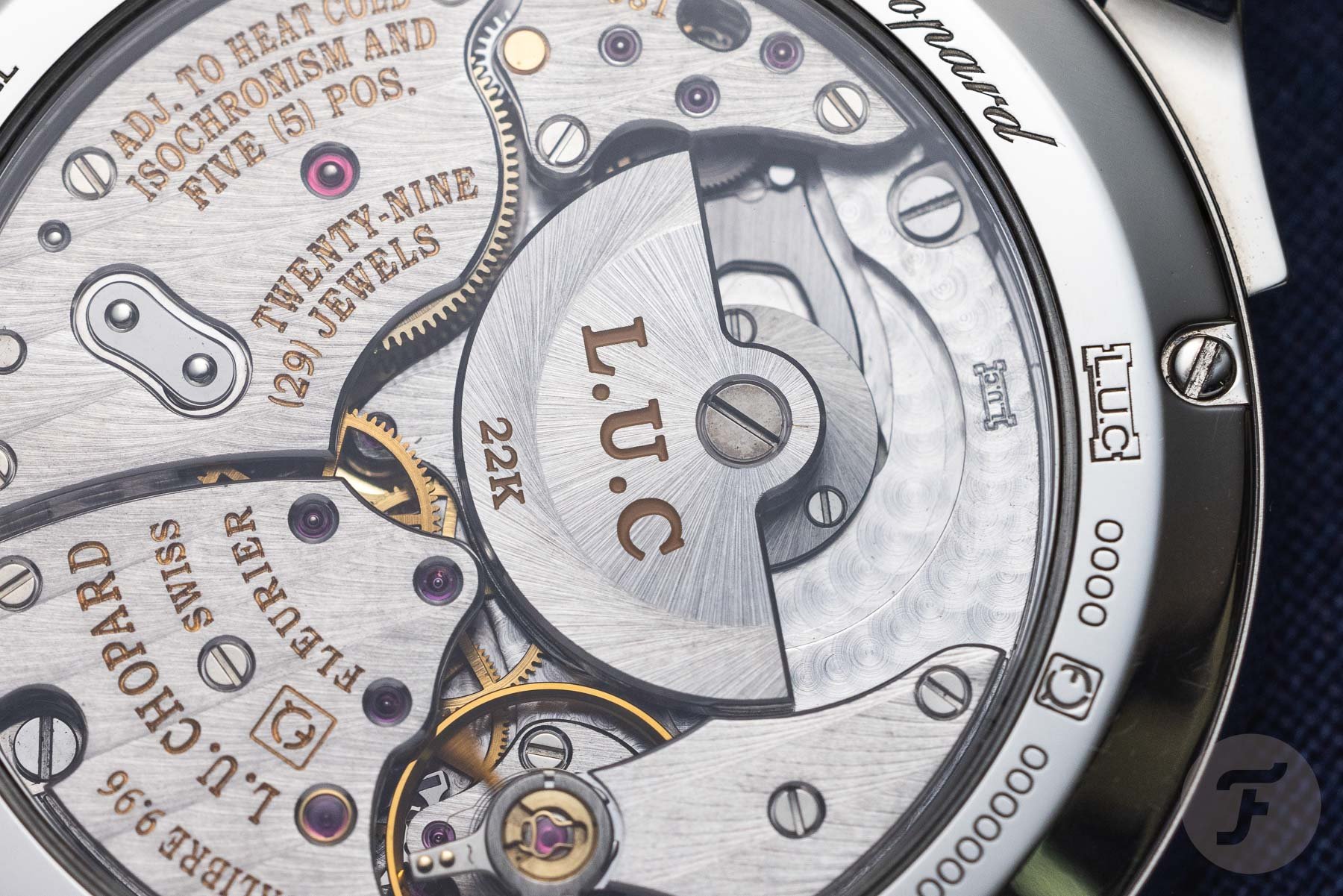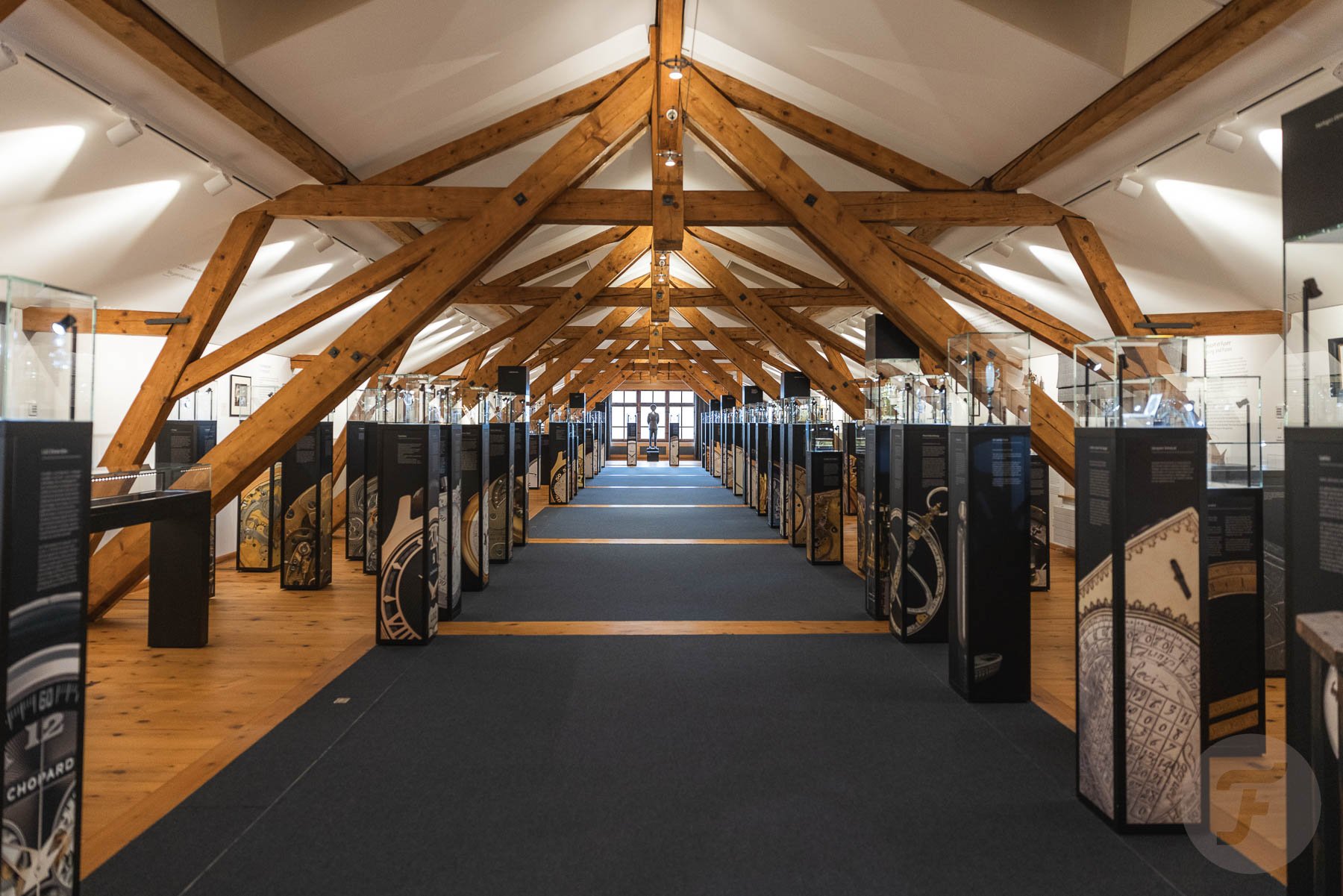A Visit To The Three Chopard Manufacturing Sites In Switzerland
Although one might think that visiting watch manufactures gets old, trust me, I am still as excited about it as I was many years ago. That’s especially true when visiting a brand like Chopard, which boasts three production facilities where nearly everything happens in-house. Chopard has been on a roll with the Alpine Eagle models, and our readers have been very receptive to them, especially last year’s XPS and Cadence 8HF. The brand’s introductions this year were also impressive, and to me, the Chopard L.U.C XPS Forest Green was one of the highlights of the lineup.
Three Chopard manufacturing sites
We were able to visit Chopard and have a look at the new watches, but while doing so, we also got a chance to visit all three manufacturing sites in Switzerland. Chopard has its headquarters and a production facility in Meyrin (Geneva) along with two other manufacturing sites in Fleurier. That’s where you’ll find the Chopard Manufacture, which makes L.U.C movements, and the nearby Fleurier Ebauches production site for other (non-L.U.C) calibers.
The Chopard Manufacture in Fleurier is also the home of the L.U.CEUM, a museum dedicated to high-end watchmaking. At the Fleurier Ebauches site, there’s also a part reserved for a watchmaking school.
The Chopard foundry
The first visit was to the Chopard headquarters in Meyrin (a municipality of the canton of Geneva), near the Geneva airport. There, we visited Chopard’s in-house foundry. It was the first time I’d seen a foundry in a watch manufacture, but I know other brands have in-house foundries as well (e.g. Rolex and Hublot).
It’s fun to observe the work and old-fashioned procedures performed in the foundry. It made me realize (even more) that gold is such a special alloy. Picking up a 7kg gold bar in the foundry was quite the experience.
Chopard’s in-house production of case and bracelet parts
From the foundry, we walked to a huge department where we witnessed the production of watch cases, bracelets, and other non-movement components. Seeing the production of cases and bracelets was quite interesting because I rarely get a chance to witness the manufacturing of these parts. For most brands, these are the typical components sourced from suppliers, but that’s not so for Chopard.
Rooms filled with large CNC machines take care of the production process for case and bracelet parts. And also let’s not forget about the production of gold cases with gold straight from the brand’s in-house foundry.
Chopard’s movement production in Fleurier
However, in the end, witnessing the manufacturing of Chopard’s movements is more attractive. For that, we took a car to Fleurier. As written above, the two sites in Fleurier are very close to each other. The first building we visited is where the non-L.U.C movements are made. This includes the movements for the Chopard Mille Miglia collection, the Happy Diamond models, and most of the Alpine Eagle variants.
From there, it was a short walk to the more modern-looking building that says “Chopard Manufacture.” There, we were guided through the departments where all the movement components for Chopard’s L.U.C calibers are conceived. First, CNC machines are used to create the parts from blank pieces of brass. The results are rough components such as plates, bridges, wheels, etc. Although we can identify the parts as certain movement components, at this stage, they’re still far away from what we see through the display backs of Chopard watches.
Decoration like perlage and Côtes de Genève are added to the bridges and plates, and some parts are manually decorated and finished by artisans (engraving, beveling, etc.). Movement assembly then takes place in a different department.
L.U.C
It is evident that Chopard’s L.U.C models are true competitors to watches from some of the most prestigious brands. They tick many boxes when it comes to traditional watchmaking, and many bear the Poinçon de Genève, a quality seal that indicates the quality of decoration, finishing, and reliability of a watch made in the canton of Geneva according to the highest standards. Others carry certification from the Fleurier Quality Foundation, which you can read all about here.
The L.U.CEUM
Inside the Chopard Manufacture building, we also find the L.U.CEUM. This is where Chopard’s owners, the Scheufeles, have brought together some of the most beautiful and exciting watches from the past, not only from brands connected to Chopard.
There, you can find watches and clocks from 1500 CE up to modern pieces. You can only access the L.U.CEUM via the Chopard Manufacture, so you will need to make an appointment to see these fantastic treasures. I highly recommend visiting this museum, though!
For more information on all of the brand’s current watches, please visit Chopard’s official website. You can also find more of our coverage here.

